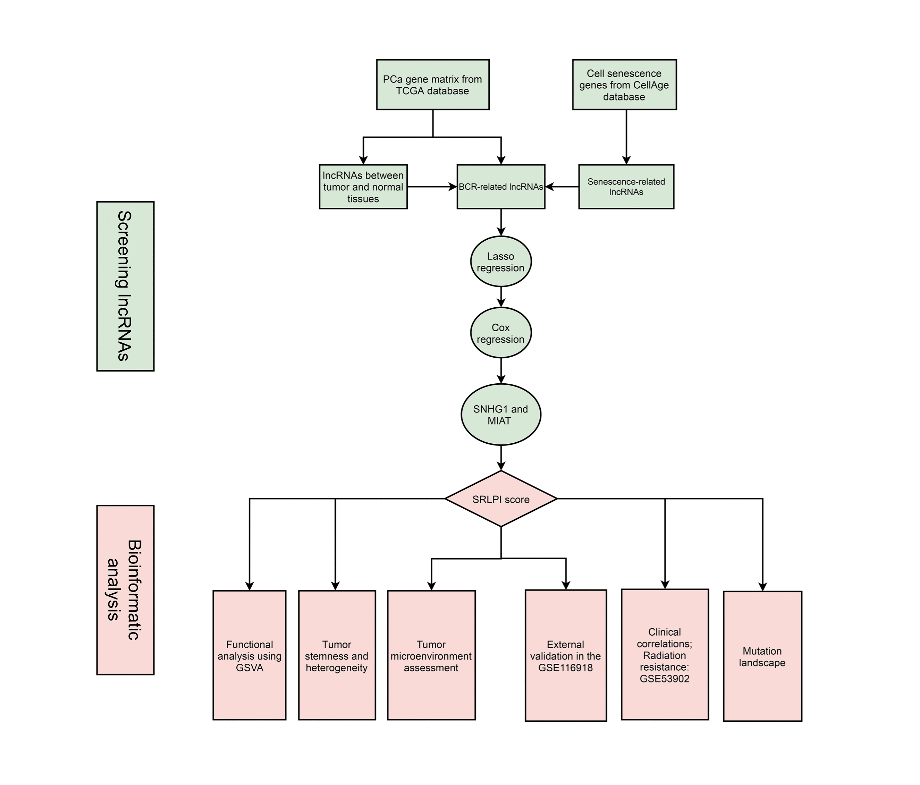Dr. Dechao Feng from the Department of Urology, Institute of Urology, West China Hospital, Sichuan University, discusses a research paper he co-authored that was published by Aging (Aging-US) in Volume 15, Issue 18, entitled, “Identification of senescence-related lncRNA prognostic index correlating with prognosis and radiosensitivity in prostate cancer patients.”
Behind the Study is a series of transcribed videos from researchers elaborating on their recent studies published by Aging (Aging-US). Visit the Aging (Aging-US) YouTube channel for more insights from outstanding authors.
—
Hello, everyone. This is Dr. Feng Dechao, urologist at West China Hospital of Sichuan University. I am also working as a specially-invited expert in the Department of Rehabilitation in the affiliated Hospital of South Western Medical University and served as Senior Scientific Consultant of Basebio. It’s my honor to publish my work in Aging, a prestigious international journal in the field of aging.
An increasing number of studies have shown how crucial a role cellular senescence plays in tumor development. Our previous study showed senescence-related molecular subtypes and 12 key genes for prostate cancer published in the Asian Journal of Andrology. We noticed that long non-coding RNAs could regulate the expression of protein-coding genes and have come to light in recent years as having significant involvement in a number of biological processes related to human diseases, including prostate cancer. Thus, in this study, we developed a senescence-related lncRNA prognostic index (SRLPI) to forecast radiosensitivity and the probability of biochemical recurrence in patients with prostate cancer.

We used SNHG1 and MIAT in the TCGA cohort to construct the SRLPI score and further classified the prostate cancer patients into high- and low-risk groups based on the median SRLPI score. When compared to the low-SRLPI group, the high-SRLPI group was more vulnerable to biochemical recurrence.
Surprisingly, the SRLPI score demonstrated a high level of radiosensitivity for diagnosis (AUC: 0.98). Age, Gleason score, T stage, N stage, positive lymph nodes, and residual tumor were all significantly greater in patients with high SRLPI scores. Furthermore, this score was significantly related to markers of senescence.
Next, we are going to explore how these lncRNAs regulate the progression and treatment of prostate cancer via senescence or senescence-associated secretory phenotype.
At last I want to express my heartfelt thanks to the entire team for their hard work on this project. Thank you all for your dedication and commitment. Our success is a result of your collective efforts.
Click here to read the full study published by Aging (Aging-US).
—
Aging (Aging-US) is an open-access journal that publishes research papers bi-monthly in all fields of aging research and other topics. These papers are available to read at no cost to readers on Aging-us.com. Open-access journals offer information that has the potential to benefit our societies from the inside out and may be shared with friends, neighbors, colleagues, and other researchers, far and wide.
For media inquiries, please contact [email protected].